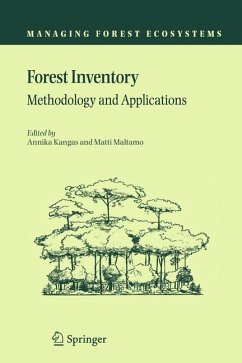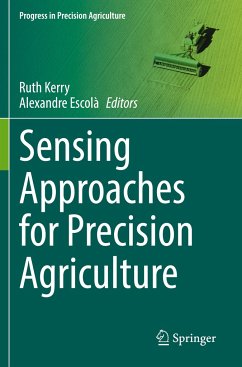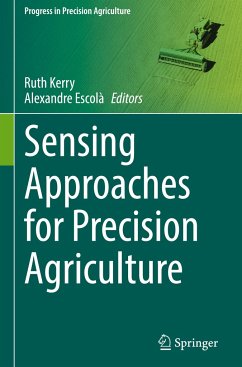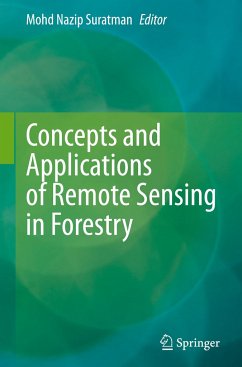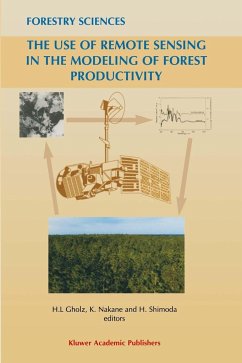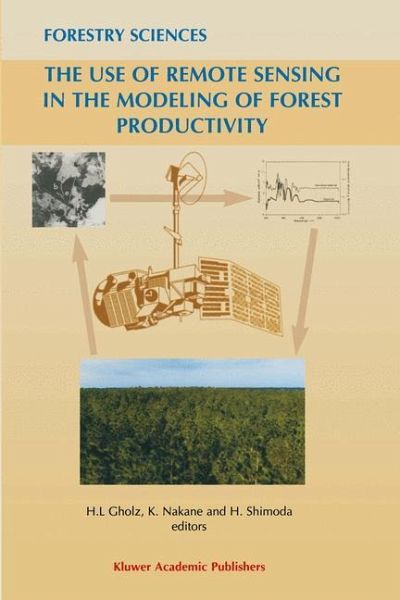
The Use of Remote Sensing in the Modeling of Forest Productivity

PAYBACK Punkte
19 °P sammeln!
Forests comprise the greatest storage of carbon on land, provide fuel for millions, are the habitat for most terrestrial biodiversity, and are critical to the economies of many countries. Yet changes in the extent and dynamics of forests are inherently difficult to detect and quantify. Remote sensing technologies may facilitate the measurement of some key forest properties which, when combined with other information contained in various computer models, may allow for the quantification of critical forest functions. This book explores how remote sensing and computer modeling can be combined to ...
Forests comprise the greatest storage of carbon on land, provide fuel for millions, are the habitat for most terrestrial biodiversity, and are critical to the economies of many countries. Yet changes in the extent and dynamics of forests are inherently difficult to detect and quantify. Remote sensing technologies may facilitate the measurement of some key forest properties which, when combined with other information contained in various computer models, may allow for the quantification of critical forest functions. This book explores how remote sensing and computer modeling can be combined to estimate changes in the carbon storage, or productivity, of forests - from the level of the leaf to the level of the globe. Land managers, researchers, policy makers and students will all find stimulating discussions among an international set of experts at the cutting edge of the interface between science, technology and management.





